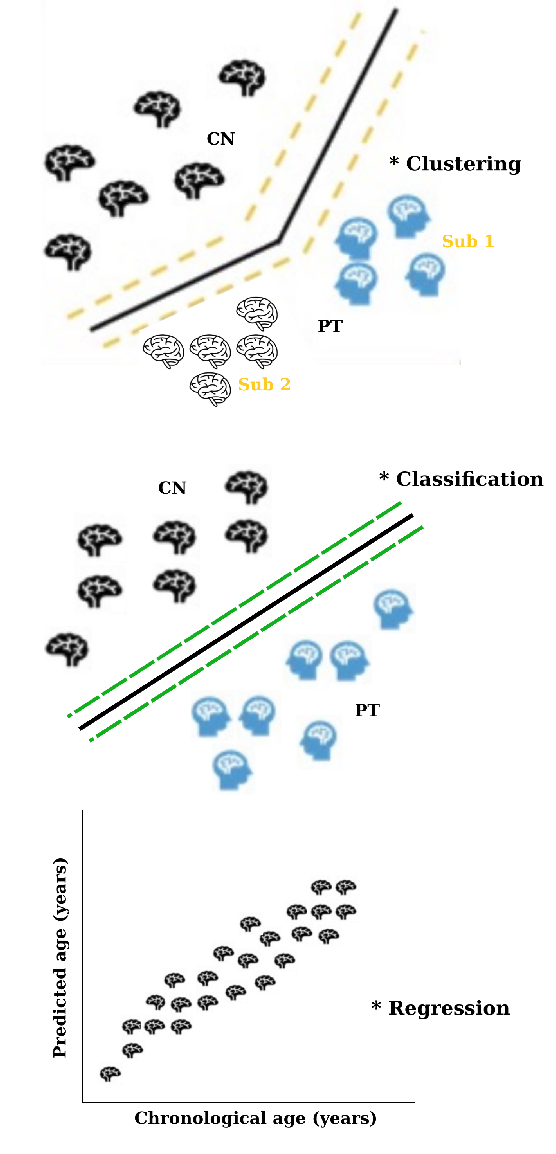Reproducible evaluation of diffusion MRI features for automatic classification of patients with Alzheimers disease
Diffusion MRI is the modality of choice to study alterations of white matter. In past years, various works have used diffusion MRI for automatic classification of AD. However, classification performance obtained with different approaches is difficult to compare and these studies are also difficult to reproduce. In the present paper, we first extend a previously proposed framework to diffusion MRI data for AD classification. Specifically, we add: conversion of diffusion MRI ADNI data into the BIDS standard and pipelines for diffusion MRI preprocessing and feature extraction. We then apply the framework to compare different components. First, FS has a positive impact on classification results: highest balanced accuracy (BA) improved from 0.76 to 0.82 for task CN vs AD. Secondly, voxel-wise features generally gives better performance than regional features. Fractional anisotropy (FA) and mean diffusivity (MD) provided comparable results for voxel-wise features. Moreover, we observe that the poor performance obtained in tasks involving MCI were potentially caused by the small data samples, rather than by the data imbalance. Furthermore, no extensive classification difference exists for different degree of smoothing and registration methods. Besides, we demonstrate that using non-nested validation of FS leads to unreliable and over-optimistic results: 0.05 up to 0.40 relative increase in BA. Lastly, with proper FR and FS, the performance of diffusion MRI features is comparable to that of T1w MRI. All the code of the framework and the experiments are publicly available: general-purpose tools have been integrated into the Clinica software package (www.clinica.run) and the paper-specific code is available at: https://github.com/aramis-lab/AD-ML.
PDF Abstract



